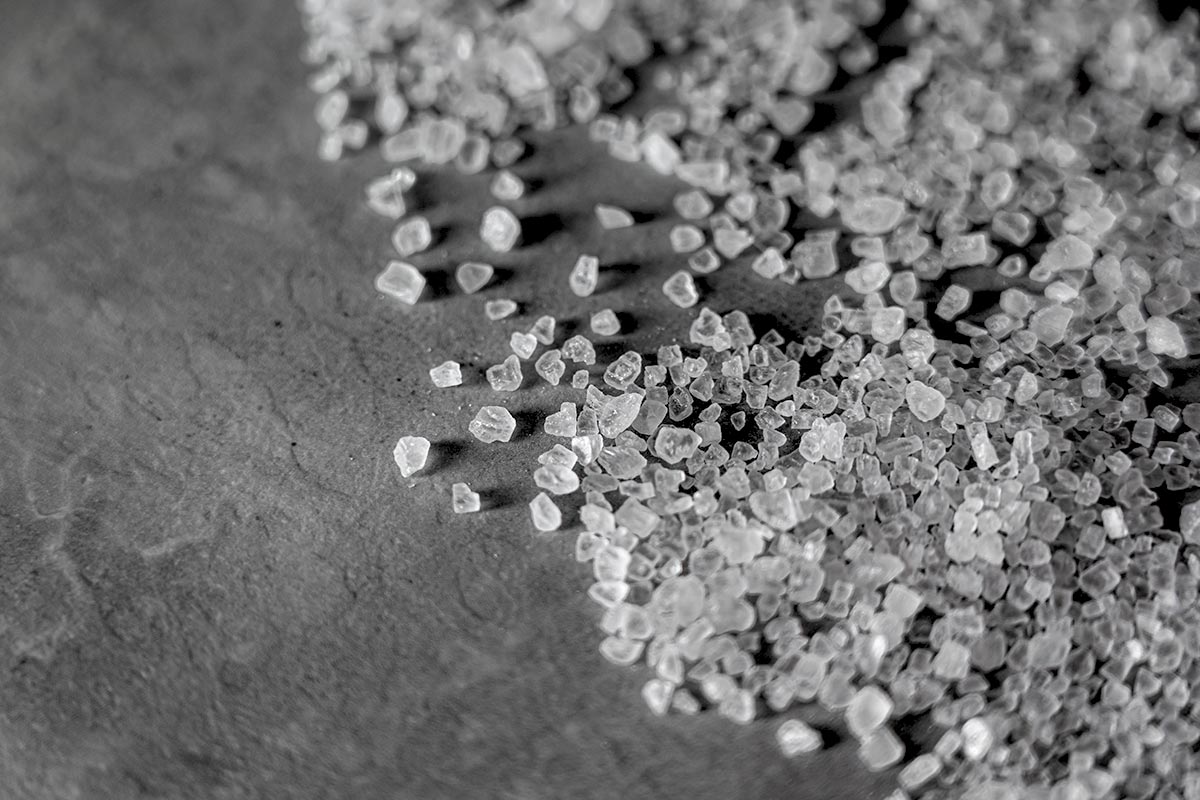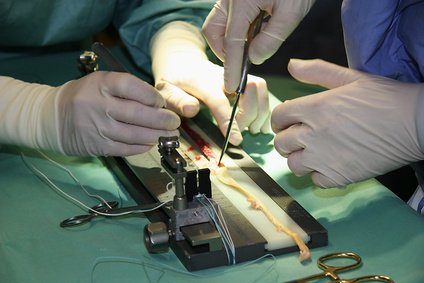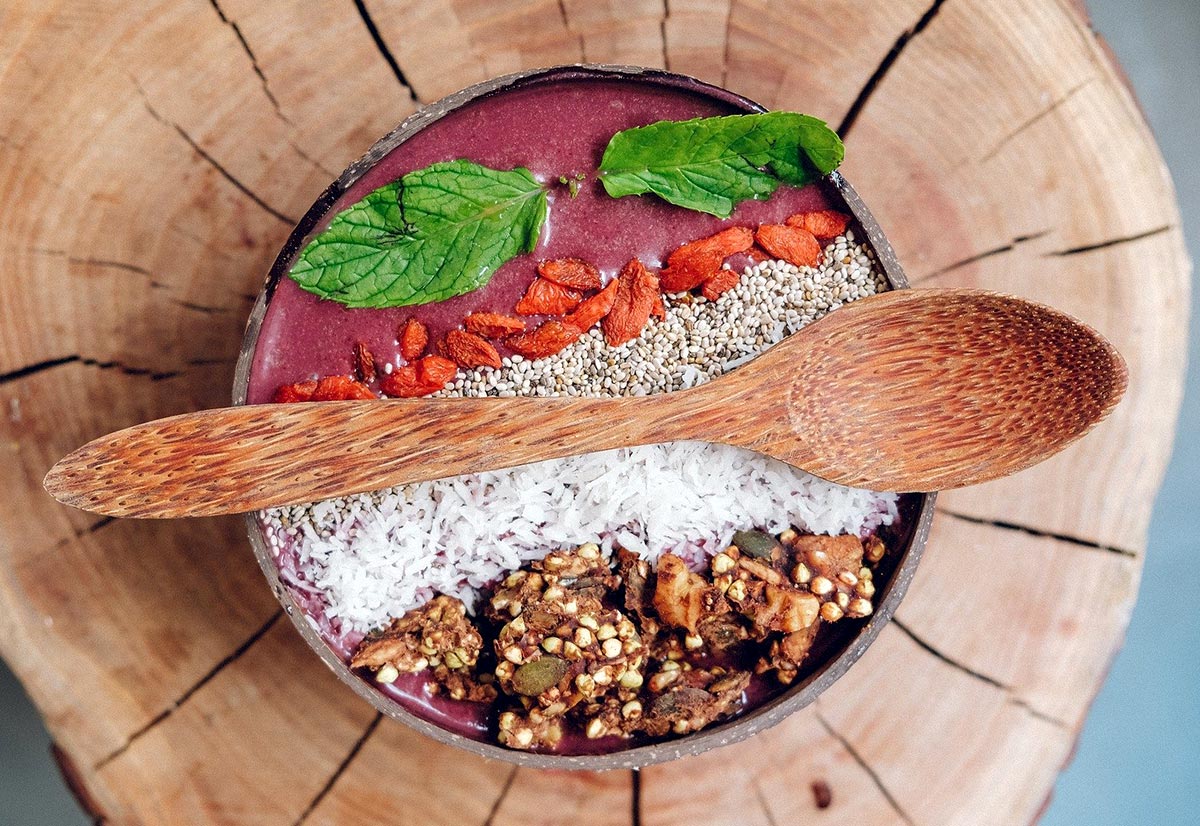Recent studies highlight the dangers of high sodium intake. Research published in the New England Journal of Medicine indicates that co nsuming over 5 grams of salt per day is associated with a significant increase in cardiovascular risk (cardiovasculare disease) Furthermore, a large-scale study conducted in China found that replacing regular table salt with a potassium-based alternative reduced the incidence of strokes by 14% and overall mortality by 12%. These findings underscore the importance of mindful sodium consumption and demonstrate that even small reductions can have a positive impact on long-term health.
Foods High in Salt
Many people assume that the primary source of salt in their diet is what they add to their food, but the reality is quite different. Processed and restaurant-prepared foods contribute the majority of our daily sodium intake. Common culprits include processed meats such as bacon, ham, and salami, as well as pickled items, canned soups, soy sauce, stock cubes, and fast food. These foods are formulated to enhance flavor and prolong shelf life, but they also pack a considerable sodium punch.
Reducing salt intake from these sources can be challenging because the sodium content is already embedded in the product. However, opting for fresh, unprocessed alternatives and preparing meals at home can significantly lower daily salt consumption. Reading nutrition labels carefully and selecting low-sodium versions of common pantry staples can also help reduce intake without compromising taste.
Foods That Can Be High in Salt
Some foods may appear to be relatively low in salt but can contain significant amounts depending on the brand and preparation method. Items like bread, breakfast cereals, pasta sauces, and cheese vary widely in sodium levels. A single serving of store-bought tomato sauce, for example, can contain nearly half the recommended daily intake of sodium. Additionally, seemingly healthy choices such as granola bars and salad dressings often contain hidden sodium for flavor enhancement and preservation.
To make smarter choices, it is advisable to compare different brands and choose products labeled as "low-sodium" or "reduced salt." Many food manufacturers now offer alternatives with significantly less sodium while maintaining a similar taste profile. Cooking at home also allows you to control how much salt goes into your meals, reducing reliance on pre-packaged options.
Foods Low in Salt
In contrast to high-sodium processed foods, there are many naturally low-sodium options that can form the foundation of a healthy diet. Fresh fruits and vegetables, whole grains like brown rice and quinoa, fresh poultry, fish, unsalted nuts, and dairy products such as yogurt and ricotta cheese are excellent choices for those looking to reduce their sodium intake.
These foods not only help maintain a balanced diet but also provide essential nutrients such as potassium, which counteracts the effects of sodium and helps maintain healthy blood pressure. Incorporating more of these foods into daily meals can significantly reduce sodium consumption while ensuring adequate nutrient intake.
Smart Salt Intake
For individuals advised to increase their salt intake due to conditions like low blood pressure, it is important to do so carefully. While some may benefit from additional sodium, it should be sourced from whole foods rather than processed products with excessive added salt. The World Health Organization recommends an intake of less than 2,000 mg of sodium per day, yet the average global consumption far exceeds this recommendation.
One hidden source of sodium is bottled water. While the amounts may seem insignificant, frequent consumption can add up over time. Checking labels for sodium content and varying brands can help mitigate unintentional sodium accumulation. Similarly, effervescent vitamin supplements and over-the-counter pain relievers can contain high sodium levels. Switching to non-effervescent versions can reduce intake without sacrificing effectiveness.
Ways to Cut Down on Salt
Reducing salt does not mean giving up flavorful food. Instead, it involves making strategic choices and adopting new habits. One of the most effective strategies is selecting low-sodium products when grocery shopping. Reading nutrition labels and choosing options with less sodium can have a significant impact on daily intake. Fresh herbs and spices, such as garlic, onion, and lemon juice, can be excellent substitutes for salt in cooking.
Cooking at home also provides better control over sodium intake. Instead of relying on processed foods, preparing meals with fresh ingredients allows for natural flavor enhancement without excessive salt. Homemade sauces, broths, and salad dressings are easy to make and often taste better than store-bought versions.
When dining out, it is helpful to choose dishes with minimal added salt. Many restaurants provide nutritional information upon request, making it easier to identify lower-sodium options. Asking for dressings and sauces on the side and avoiding heavily processed ingredients can further reduce salt intake.
Another practical approach is to monitor sodium levels in commonly consumed beverages. Some brands of bottled water, sports drinks, and flavored beverages contain added sodium. Being mindful of these hidden sources and selecting lower-sodium alternatives can contribute to overall reduction efforts.
Use Non-Effervescent Vitamins and Painkillers
Effervescent tablets often contain high sodium levels to aid solubility. Where possible, choose non-effervescent alternatives to keep sodium intake in check. While these medications may be convenient, they can contribute to daily sodium intake in ways people often overlook. Consulting with a healthcare provider for suitable low-sodium alternatives is a wise choice for individuals on sodium-restricted diets.
By following these simple yet effective strategies, it is possible to reduce sodium intake while maintaining a healthy and flavorful diet. Small changes can lead to significant improvements in overall health, helping to lower blood pressure, reduce the risk of heart disease, and promote long-term well-being.
Linda Ward is an active natural health researcher and writer from Los Angeles. She is a content editor and writer for eCellulitis.com. Besides creating and editing content, Linda is also very active on social media. She loves to travel and spend time at the gym.
Sources::
New England Journal of Medicine, "Global Sodium Intake and Cardiovascular Disease"
World Health Organization, "Sodium Intake and Public Health Guidelines"
American Heart Association, "Hidden Sources of Sodium in Everyday Foods"












